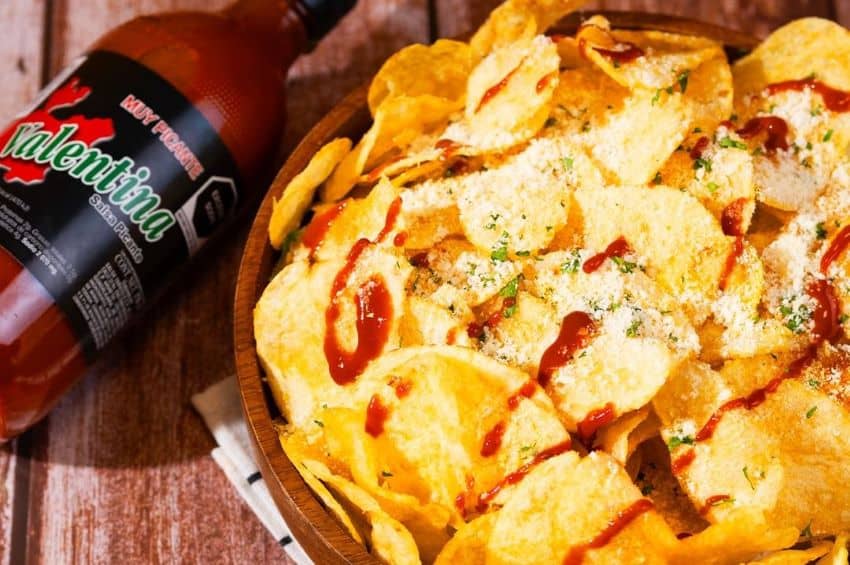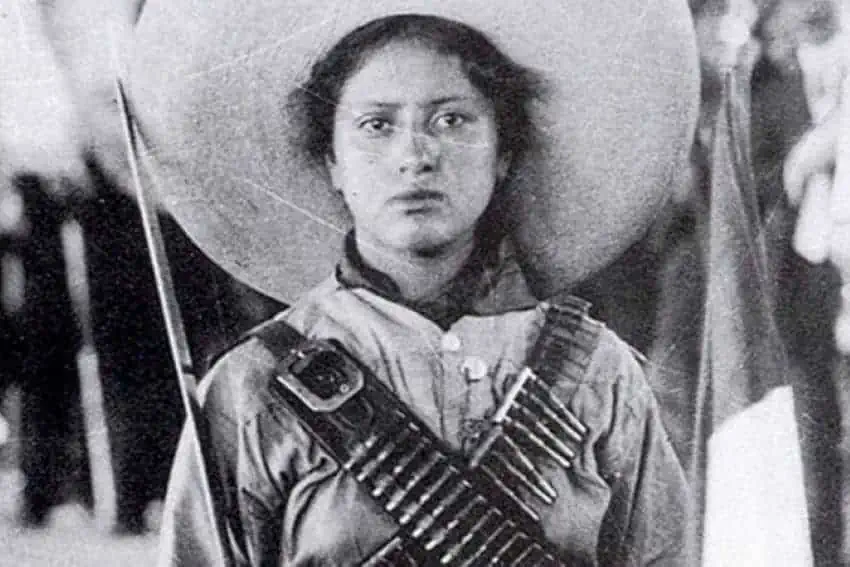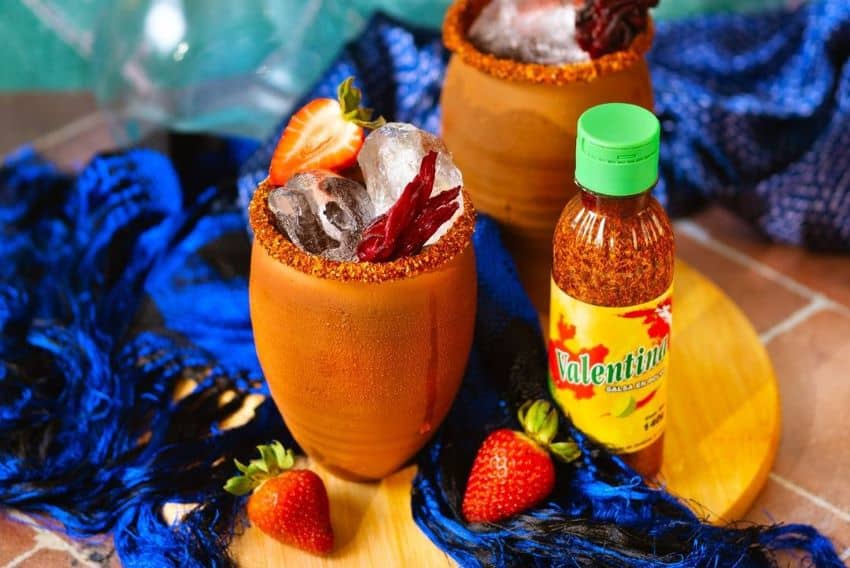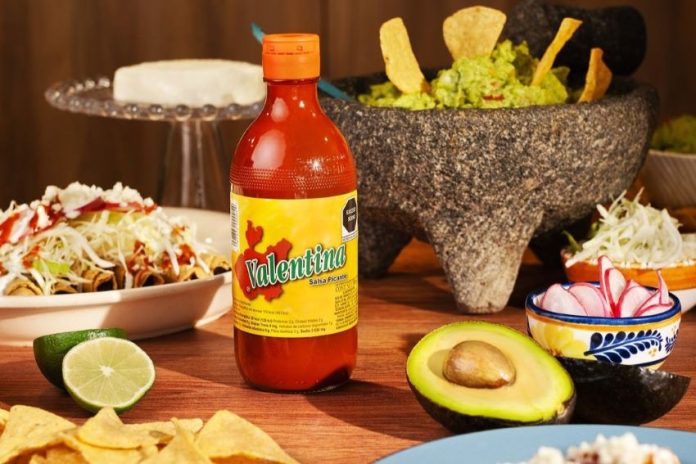If you’ve ever purchased street snacks in Mexico, chances are you’ve been asked if you would like to add a dash of Salsa Valentina. The masochistic burn it ignites on the tastebuds makes it the reigning champion of the hot sauce of choice for snacks in Mexico.
This thick, bright sauce is available in its classic yellow label boasting 900 Scoville Heat Units, with the spicier black label version packing a punch at 2,200. Salsa Valentina has recently expanded its widely loved repertoire with powdered and seafood versions.

From humble origins to massive success
Its story began in the 1960s in the city of Tamazula de Gordiano, Jalisco, where Gilberto Reyna was selling a sauce named El Torito, widely popular in the region and distributed in barrels through local stores. An ice block vendor named Manuel Maciel Méndez sensed the business opportunity to rival that success with his own family recipe. Méndez created his hot sauce and named it Tamazula in homage to his beloved hometown.
As the Tamazula factory flourished, it relocated its operations to Guadalajara and launched the Salsa Tamazula Show, a local radio broadcast aimed at promoting its product. From 08:00 to 12:00 it played only ranchera music and a voice frequently came on saying “Salsa Tamazula at breakfast, lunch and dinner.”
Following the success of their inaugural product, they created the Valentina and Costa Brava brands. Today, Grupo Tamazula’s manufacturing facility in Guadalajara sprawls over 323,000 square feet and remains under the ownership and operation of the Méndez family.
Revolutionary inspiration

The founder was inspired by a heroine of the Mexican Revolution, Valentina Ramírez. Born in 1894 in the town of San Antonio, Durango. Valentina was a fierce believer in the ideals of the Revolution and decided to join the army of General Ramón F. Iturbide at the age of 17 in November 1910. Knowing that women were not admitted to the ranks, Valentina kept her gender identity hidden under the pseudonym Juan Ramírez, and used her brother’s carbine, cartridge belts, boots, clothes and horse.
Her confidence in her skills and courage beyond social stereotypes proved true, as she quickly became promoted to the rank of lieutenant. Her military career ended in June 1911 when one of her colleagues removed her hat and discovered her braids. The general congratulated her for her bravery and service but immediately discharged her from his army. In the words of Grupo Tamazula, she was a woman as fierce as the salsa that now bears her name.
Crafting spice, the ingredients behind the burn
This hot sauce — which is as light on your waistline as it is on your wallet — is crafted with a blend of dried puya peppers (plus chile de árbol in the spicier black label version), water, acetic acid, iodized salt, condiments, spices and a pinch of sodium benzoate as a preservative. The label states that one tablespoon (5g) contains zero calories, fats, carbs or sugar and 95 milligrams of sodium.
Beyond the kitchen, Salsa Valentina’s unexpected talents

Salsa Valentina has found other unexpected uses. In 2013, maintenance staff in Ciudad Juárez, Chihuahua, accidentally spilled some Salsa Valentina on a bronze sculpture and were surprised by its efficacy as a metal polish. The news spread like wildfire, and soon Salsa Valentina became a household hack for cleaning metals, pots, and even bathrooms. However, while its acetic acid content makes it effective for cleaning, it can exacerbate gastric issues such as gastritis, colitis and esophagitis, in addition to ailments that require a low-sodium diet.
In a world where tradition meets affordability, Salsa Valentina stands as a champion of bold flavor and humble creativity. Whether you’re enjoying snacks or experimenting with buffalo wings in your kitchen, its price tag ensures that everyone can savor the spicy goodness of this Mexican staple.
Sandra is a Mexican writer and translator based in San Miguel de Allende who specializes in mental health and humanitarian aid. She believes in the power of language to foster compassion and understanding across cultures. She can be reached at: sandragancz@gmail.com
